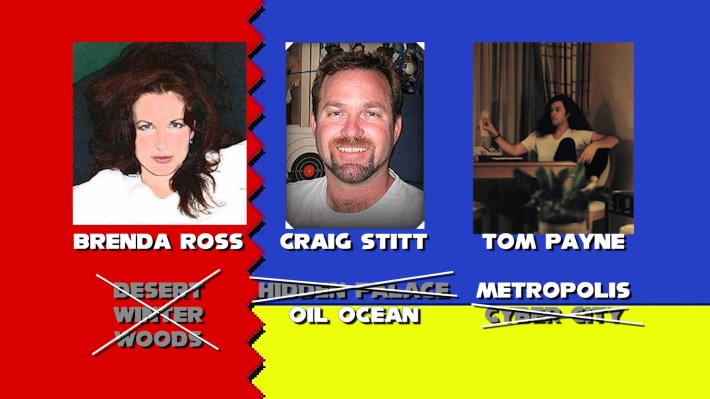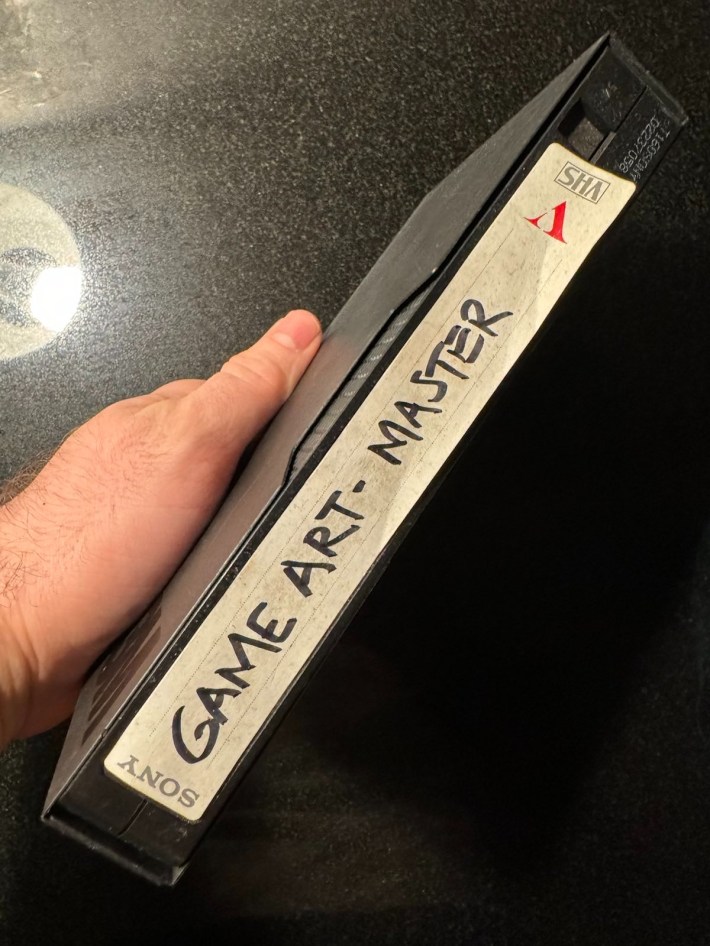Sonic 2 was a much more ambitious game in scope than the game we eventually got. But thanks to the hard work of the folks at The Video Game History Foundation, a crucial part of that original lost legacy has been found. And I know, because I helped transfer the tape.
Watch the full video, as Frank Cifaldi is much better at explaining the historical context surrounding the game than I will. But basically, Hirokazu Yasuhara had planned for Sonic 2 to have a time travel aspect that was eventually scrapped. The team focused on making the most promising levels really sing, in the process removing several key zones. A lot of those zones were mentioned in magazines, ads, and prerelease press. Over time, people have done a lot of archeology to piece those Sonic levels together.

What’s more, the development of Sonic 2 was itself an international process, developed in the Sega Technical Institute. This means several of the stages that did not make the final cut were developed by American artists. The video focuses on stages by Brenda Cook (nee Brenda Ross), Craig Stitt and Tom Payne. The Video Game Foundation had Tom Payne’s “Cyber City” level partially reconstructed by Sonic homebrew author Hez.
Eventually Sonic Fan Collision Chaos Radio connected The Video Game Foundation with artist Brenda Cook, who looked through her old belongings and found a portfolio tape with a bunch of her old work with the Sega Technical Institute. Eventually she sent them a tape, which contained samples and animations of the lost Sonic 2 levels Wood Zone and Sand Shower Zone, along with a Christmas-themed variant of Sand Shower Zone. On top of that, the tape also contained several other STI projects including sprites from a game called Jester and art from Dick Tracy. It’s a fascinating slice into a moment in Sega history.
I helped with the project by capturing the tape using a Domesday Duplicator and a process VHS-Decode. Capturing VHS is an inherently lossy process, but if you want the closest possible archive of a tape, the best way is to capture the pure RF signal from a hacked VCR. That RF signal is then compressed as a FLAC for storage, which is then “decoded” into video. This was what I contributed to this process, and I am very happy to have helped. Collision Chaos Radio then helped with the cleanup process, and Frank handled encoding, leveling and deinterlacing.
All of these raw files will be made available on the Internet Archive soon, so anyone can go in and decode them as best they can. I will say, it is a very surreal experience to hold a tape that contains the only video footage of Sonic 2 levels, to be reminded that a crucial gaming history is that frail and easily lost.

Which is why you should donate to The Video Game History Foundation! They do good work. It’s the giving season after all.


